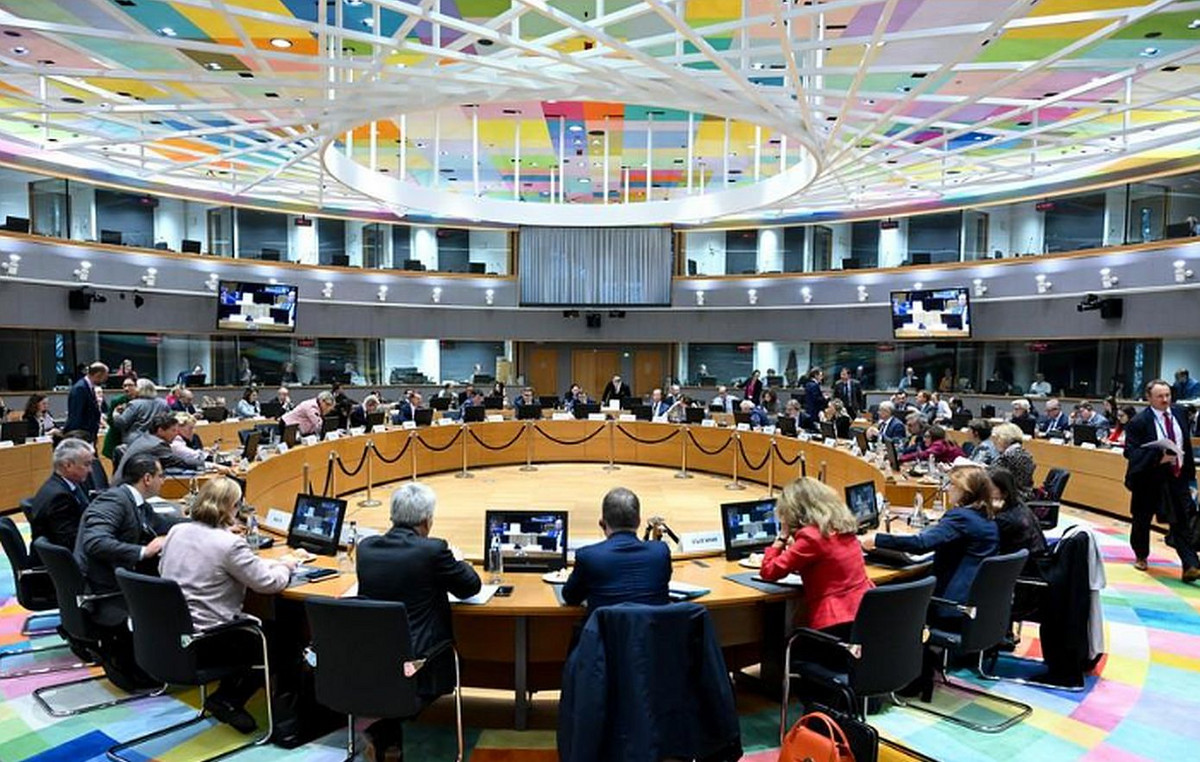- The US dollar remains afloat and sideways after Monday's lackluster trading.
- Business optimism figures will be published in the US economic calendar.
- US Dollar Index remains above 104.00 despite dovish comments from Fed's Austan Goolsbe and Neel Kashkari.
The US dollar remains afloat after a very lackluster start to the trading week. The dollar didn't move much on Monday, only giving up a little after Minneapolis Federal Reserve Bank President Neel Kashkari and Chicago Fed President Austan Goolsbee said the labor market is holding up well. , although it is less on fire as the recent US jobs report would lead markets to believe. This caused some dollar retreat overnight, and Bullard even went further by stating that the Fed has three rate cuts as a “baseline assumption.”
In terms of economic data, both the National Federation of Independent Business (NFIB) and the TechnoMetrica Institute for Politics and Policy (TIPP) will release their latest business optimism figures, making it a leading indicator. Small business optimism is often the best measure to gauge the state of the U.S. economy and could change the current “no landing” stance that is beginning to permeate markets' outlook for the U.S. economy.
Daily Market Summary: Small Business in the Spotlight
- Overnight, Minneapolis Fed President Neel Kashkari gave a short speech in which the main conclusion was that inflation is about to fall and that the labor market is no longer red hot, although it remains tight, according to Bloomberg.
- Chicago Fed President Austan Goolsbee stated that unemployment will increase at the current rate level, according to Bloomberg.
- Former St. Louis Fed President James Bullard stated on Bloomberg TV that three rate cuts are the base case for the Fed and that the first rate cut is justified by the data. Bullard is no longer part of the Federal Open Market Committee (FOMC).
- The People's Bank of China (PBoC) kept the yuan pegged at 7.0956 overnight, while markets are quoting it at 7.2450, or above 2%, raising the odds of further PBoC intervention.
- At 10:00 GMT, the NFIB Business Optimism Index for March was released. The March figure stood at 88.5, up from 89.4 previously. Expectations were 90.2.
- Around 12:55 GMT the US Redbook Index will be published, the previous reading of which was 5.2%.
- At 14:00 GMT, the TIPP will publish its reading for April, with an estimate for April of 44.2 points after the reading of 43.5 in March.
- The US Treasury will auction 3-year bonds at 17:00 GMT.
- Asian stocks are trading in green this Tuesday, with a rise of close to 1%, while European stocks resume the positive tone of Asia, although with less euphoria, since the increases are around less than half a percentage point. US futures are looking for direction after slight gains on Monday.
- According to CME Group's FedWatch tool, expectations for the May 1 Fed meeting are at 97.2% to keep the federal funds rate unchanged, while the odds of a rate cut are at 97.2%. 2.8%.
- The 10-year US Treasury bond is trading around 4.42%, after rising more than 20 basis points in just one week.
US Dollar Index Technical Analysis: Rising
The US Dollar Index (DXY) is back at it again, testing the nerves of large hedge funds and institutional traders, while retail traders are again pressured and held back. It looks like this tug of war won't end anytime soon until at least one major central bank starts cutting. Range trading is the correct approach once again, with the US Dollar Index heading sideways and stuck between 102.00 and 105.00 for another week.
The first key level for the DXY lies at 104.60, which was broken down on Wednesday of last week, although it was broken back up on Friday. Further up, 105.12 is the key point after the DXY failed to break that level last week. Once above there, 105.88 is the last resistance point before the Relative Strength Index (RSI) trades at overbought levels.
The support of the 200-day SMA at 103.82, the 100-day SMA at 103.43 and the 55-day SMA at 103.90 showed their importance on Wednesday last week. Further down, the big figure at 103.00 looks set to remain intact for longer, with ample support.
US Dollar FAQ
What is the US Dollar?
The United States Dollar (USD) is the official currency of the United States of America, and the “de facto” currency of a significant number of other countries where it is in circulation alongside local banknotes. According to 2022 data, it is the most traded currency in the world, with more than 88% of all global currency exchange operations, equivalent to an average of $6.6 trillion in daily transactions.
After World War II, the USD took over from the pound sterling as the world's reserve currency.
How do the decisions of the Federal Reserve affect the Dollar?
The single most important factor influencing the value of the US Dollar is monetary policy, which is determined by the Federal Reserve (Fed). The Fed has two mandates: achieve price stability (control inflation) and promote full employment. Your main tool to achieve these two objectives is to adjust interest rates.
When prices rise too quickly and inflation exceeds the 2% target set by the Fed, the Fed raises rates, which favors the price of the dollar. When Inflation falls below 2% or the unemployment rate is too high, the Fed can lower interest rates, which weighs on the Dollar.
What is Quantitative Easing and how does it influence the Dollar?
In extreme situations, the Federal Reserve can also print more dollars and enact quantitative easing (QE). QE is the process by which the Fed substantially increases the flow of credit into a clogged financial system. This is an unconventional policy measure used when credit has dried up because banks do not lend to each other (for fear of counterparty default). It is a last resort when a simple lowering of interest rates is unlikely to achieve the necessary result. It was the Fed's weapon of choice to combat the credit crunch that occurred during the Great Financial Crisis of 2008. It involves the Fed printing more dollars and using them to buy US government bonds, primarily from financial institutions. QE usually leads to a weakening of the US Dollar.
What is quantitative tightening and how does it influence the US dollar?
Quantitative tightening (QT) is the reverse process by which the Federal Reserve stops purchasing bonds from financial institutions and does not reinvest the principal of maturing portfolio securities in new purchases. It is usually positive for the US dollar.
Source: Fx Street
I am Joshua Winder, a senior-level journalist and editor at World Stock Market. I specialize in covering news related to the stock market and economic trends. With more than 8 years of experience in this field, I have become an expert in financial reporting.







